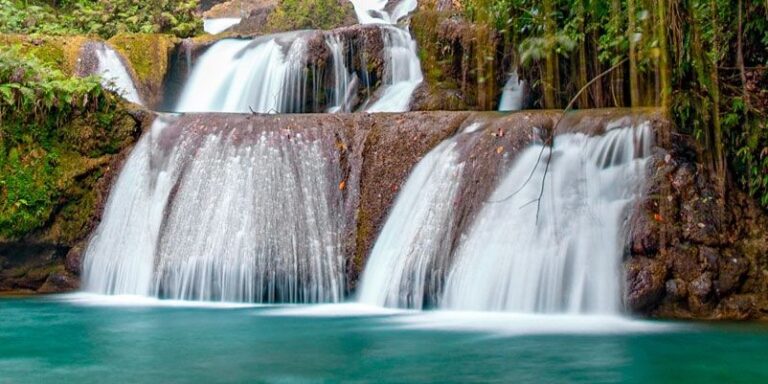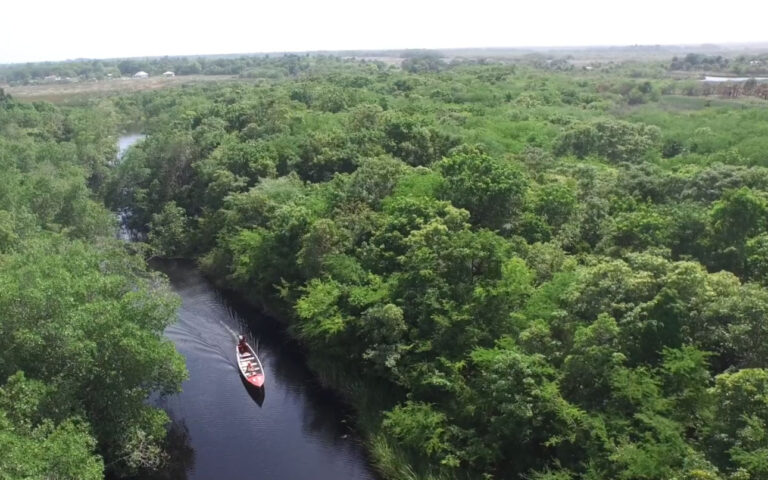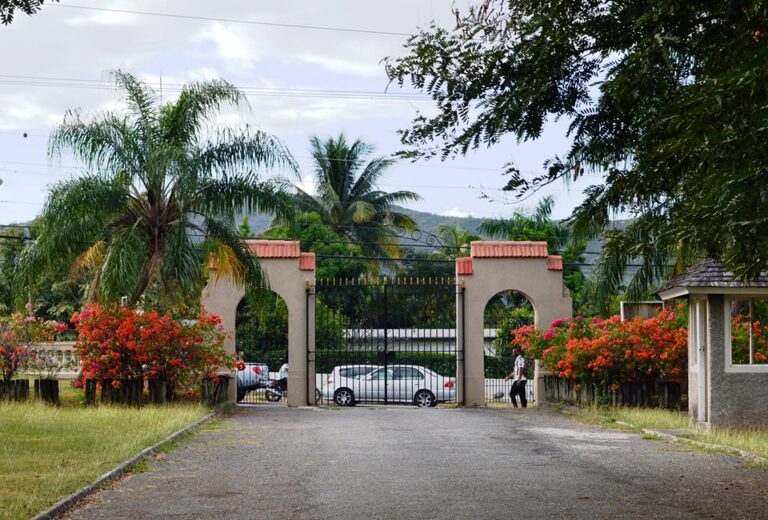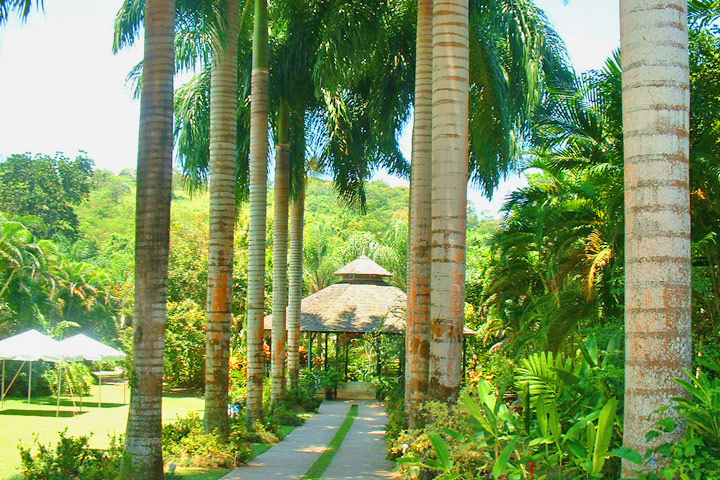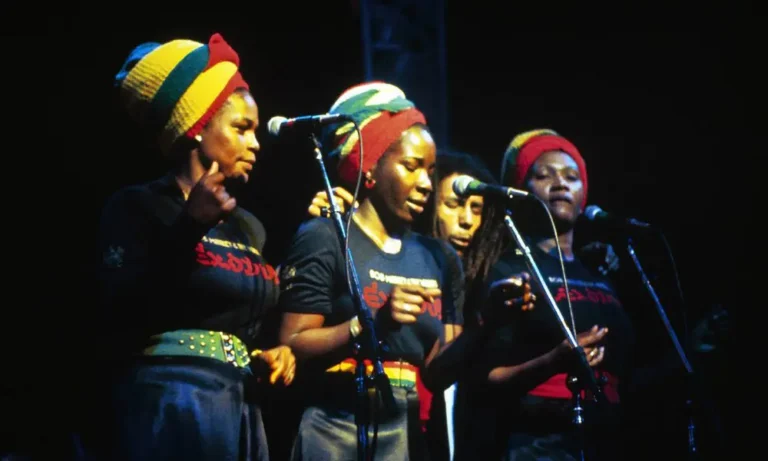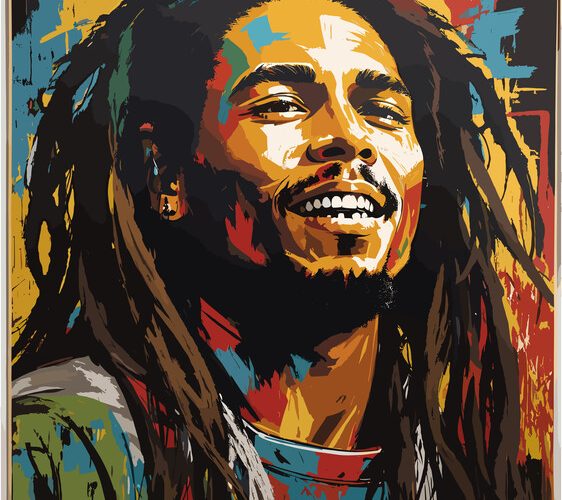Jamaica, known for its reggae beats, sun-kissed beaches, and vibrant culture, is also home to some of the most breathtaking waterfalls in the Caribbean. These cascading wonders offer visitors a mix of adventure, tranquility, and a glimpse into the island’s rich history. Whether you’re looking to climb, swim, or simply take in the awe-inspiring views, here are Jamaica’s must-visit waterfalls and what makes each of them special.
1. Dunn’s River Falls – Ocho Rios
Arguably the most famous waterfall in Jamaica, Dunn’s River Falls is a stunning 180-foot high and 600-foot long cascade that tumbles over limestone terraces into the Caribbean Sea. Located in Ocho Rios, this natural wonder is one of the few waterfalls in the world that empties directly into the ocean.
Dunn’s River Falls holds deep historical significance, as it was the site of the 1657 Battle of Las Chorreras, where the British defeated the Spanish and took control of the island. Today, it’s a major tourist attraction where visitors can climb the falls, enjoy the cool, refreshing waters, or relax on the surrounding beaches.
2. YS Falls – St. Elizabeth
Nestled in the lush countryside of St. Elizabeth on Jamaica’s south coast, YS Falls is a seven-tiered waterfall fed by underground and aboveground springs. Unlike Dunn’s River Falls, YS Falls is more secluded, making it a perfect escape for nature lovers.
YS Falls is located on a privately owned estate that has been in operation since the 1800s. Originally a cattle and horse farm, it was later opened to the public in 1992. The falls offer a series of natural pools for swimming, rope swings for the adventurous, and stunning tropical gardens. The estate also provides canopy zip-line tours for those who want to take in the falls from above.
3. Reach Falls – Portland
Located in the parish of Portland, Reach Falls is one of Jamaica’s most enchanting waterfalls, known for its crystal-clear turquoise pools and lush rainforest surroundings. The falls originate from the John Crow Mountains and flow into the Driver’s River, providing a serene and unspoiled experience.
Reach Falls was once a hideout for escaped enslaved people known as Maroons, who sought refuge in the dense jungle. Today, it remains a hidden gem, offering visitors a peaceful retreat away from the bustling tourist hotspots. Guests can explore the underwater caves, swim beneath the cascading waters, and immerse themselves in the untouched beauty of Jamaica’s wild landscape.
4. Mayfield Falls – Westmoreland
For those seeking an off-the-beaten-path adventure, Mayfield Falls in Westmoreland is an ideal destination. Featuring 21 small cascades and one main waterfall, known as the “Washing Machine,” this hidden paradise is surrounded by tropical flora and fauna.
Mayfield Falls is renowned for its healing mineral-rich waters, making it a popular choice for relaxation and rejuvenation. Visitors can take guided tours through the falls, enjoy a natural massage from the cascading waters, and explore the scenic walking trails that wind through the rainforest.
5. Blue Hole – St. Ann
Often referred to as the “Secret Falls,” the Blue Hole in St. Ann is a mesmerizing spot featuring deep azure pools, rope swings, and mini waterfalls. This hidden oasis is located near Ocho Rios and provides a more intimate and adventure-packed experience.
Unlike some of Jamaica’s more commercialized waterfalls, the Blue Hole remains relatively untouched, offering visitors the chance to cliff-jump, swim in refreshing waters, and explore hidden caves. With its picturesque beauty and tranquil setting, it’s no wonder that the Blue Hole has become a favorite among thrill-seekers and nature enthusiasts alike.
Experience Jamaica’s Waterfall Wonders
Jamaica’s waterfalls are more than just scenic attractions—they are a testament to the island’s natural beauty, history, and cultural significance. Whether you’re climbing the world-famous Dunn’s River Falls, immersing yourself in the secluded beauty of Reach Falls, or enjoying the therapeutic waters of Mayfield Falls, each waterfall offers a unique and unforgettable experience.
So, the next time you visit Jamaica, make sure to take a detour from the beaches and explore these majestic waterfalls—you won’t regret it!


